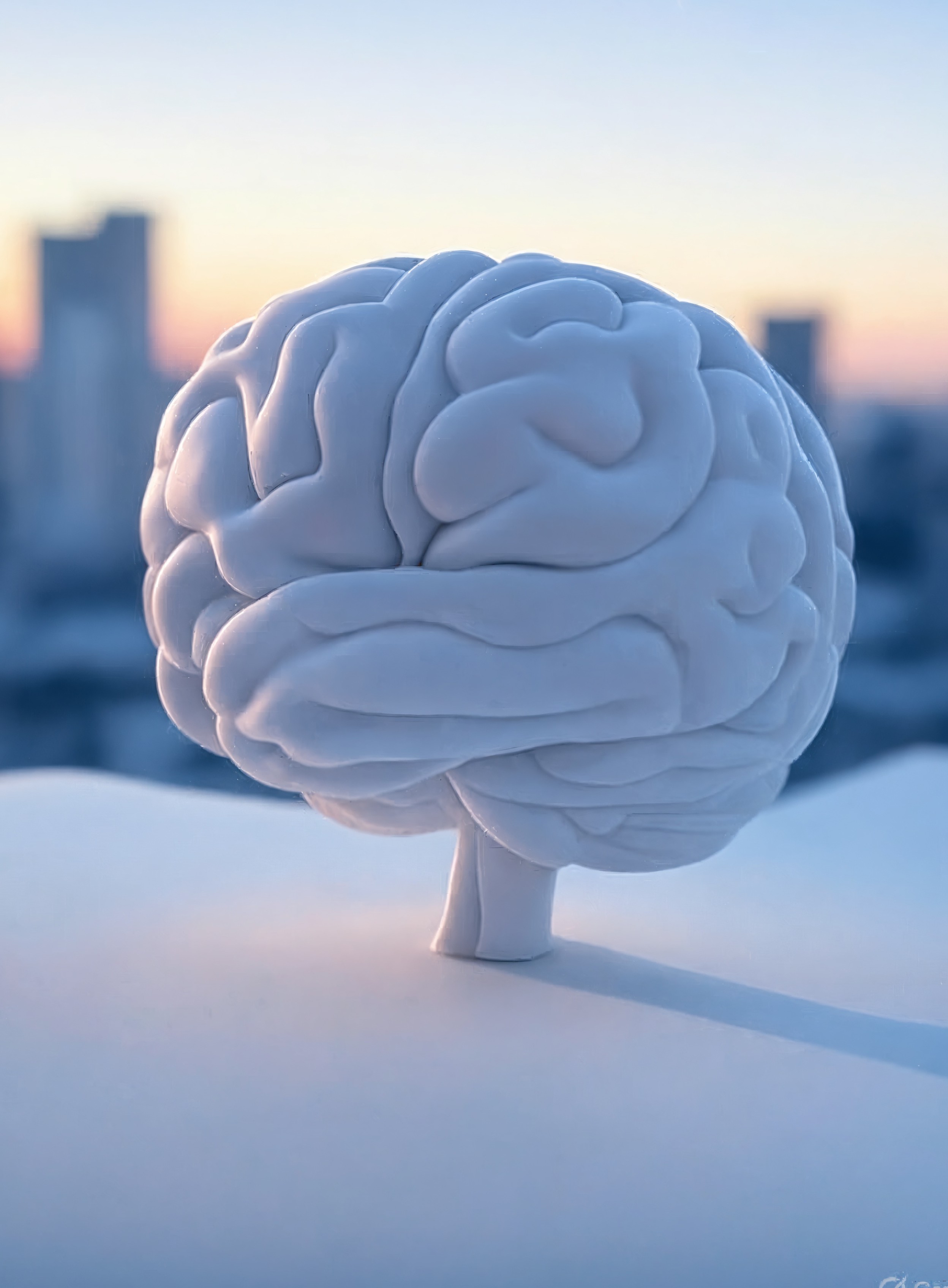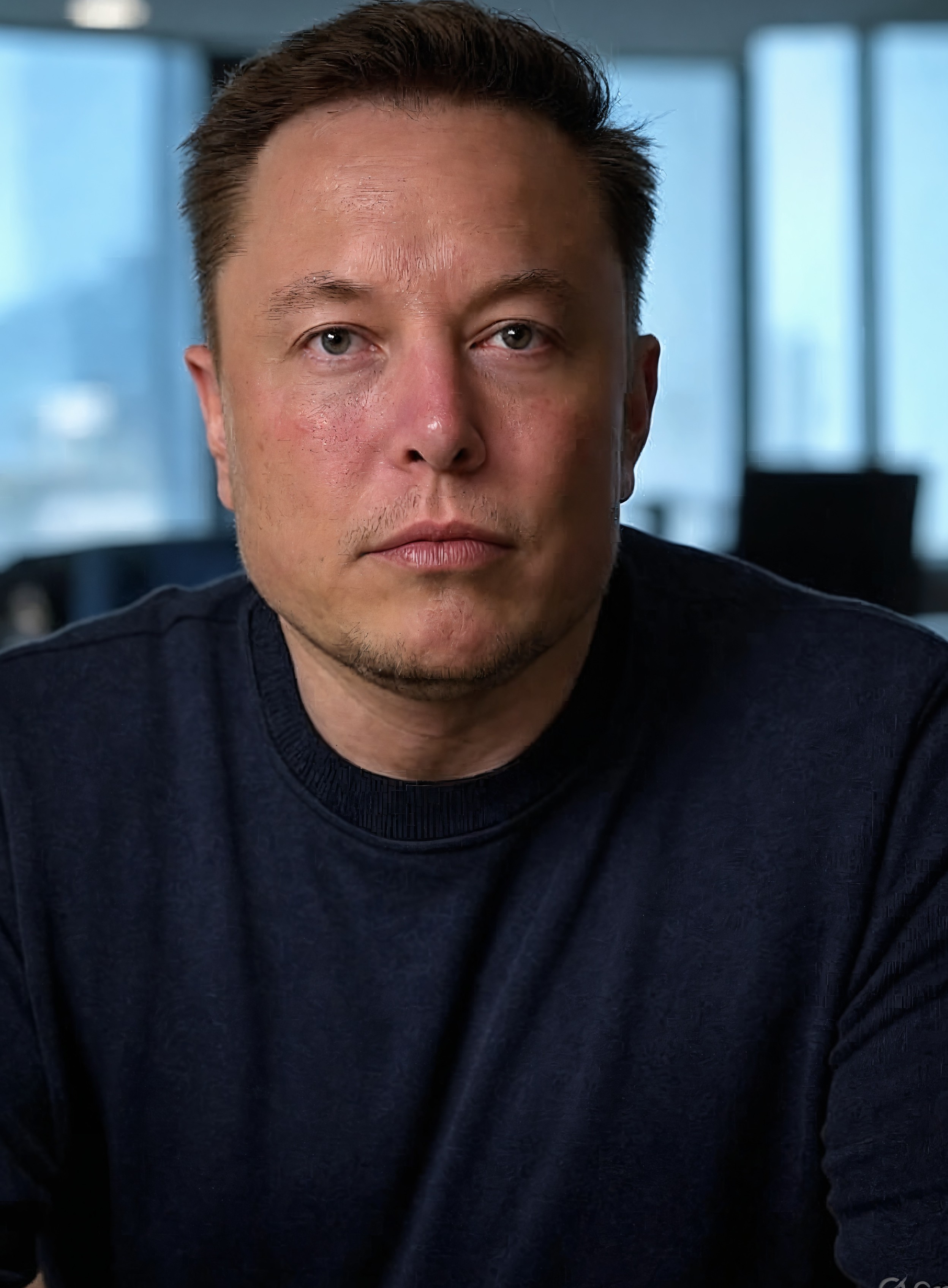
Frontiers of AI, Health, and Lunar Tech
People often assume technology advances in straight lines, but real progress comes from tackling problems that seem impossible at first. Consider the ways we're pushing boundaries in intelligence, personal well-being, and exploration beyond Earth. These areas reveal patterns in how humans and machines interact with the world.
The Challenge of True Intelligence
Benchmarks like the ARC Prize expose the limits of current AI. Machines excel at memorizing vast datasets, yet they falter on simple visual puzzles that demand abstraction and generalization. Humans solve these with ease, spotting patterns in grids that transform inputs to outputs. The ARC-AGI-2 dataset, live on Kaggle through November 2025, includes nearly 2,000 such puzzles. No system has hit the 85% accuracy needed for the grand prize, with top scores lingering around 23%.
This gap isn't about raw computing power. Scaling models further won't bridge it, as François Chollet points out. True progress requires rethinking how AI learns efficiently, much like children acquire skills through play and exploration. The upcoming ARC-AGI-3 in 2026 shifts to interactive environments, testing perception and decision-making in real-time scenarios. This mirrors historical shifts in computing, from rule-based systems to neural networks, each revealing deeper principles of cognition.
Why Humans Still Lead
Humans generalize from few examples, drawing on intuition built from diverse experiences. AI, trained on narrow tasks, struggles with novelty. This highlights a counter-intuitive truth: intelligence isn't just about data volume but about flexible adaptation. Companies like DeepMind and OpenAI pursue similar goals through projects like Gato, yet the ARC Prize underscores the need for open, collaborative benchmarks to drive innovation.
The implications extend to robotics and automation. If AI masters these puzzles, it could adapt to unpredictable real-world tasks, transforming industries. Until then, human ingenuity remains the benchmark.
Surging Value in Health Wearables
Oura's latest funding round illustrates how personal tech can scale rapidly when it taps into fundamental needs. Raising $875 million in Series E, the company hits an $11 billion valuation, with projected revenue exceeding $1 billion in 2025—double last year's figure. Their smart rings track sleep, readiness, and recovery, offering insights that go beyond basic fitness metrics.
This growth reflects a broader shift toward preventive health. People want devices that anticipate issues, not just record them. Oura differentiates by focusing on biometric data for personalized advice, much like how early computers moved from calculation to decision support. Analysts see this as evidence of rising demand for non-invasive monitoring, especially amid chronic disease trends.
Investor Confidence and Market Dynamics
The valuation surge signals trust in Oura's path. With AI integration, these wearables could predict health events more accurately, partnering with insurers or employers for wellness programs. Competitors like Whoop and Apple Watch push the field, but Oura's emphasis on sleep science gives it an edge. Think of it as applying first principles: health starts with understanding the body's rhythms, not just activity counts.
Looking ahead, expect expansions into clinical applications, like telemedicine integration. This could reduce healthcare costs by enabling early interventions, drawing from historical patterns where tech democratizes access, from penicillin to smartphones.
Turning Moon Dust into Resources
Space exploration demands self-sufficiency, and Blue Origin's Blue Alchemist project addresses this head-on. Using molten regolith electrolysis, it extracts oxygen and metals from lunar soil without water or emissions. Passing its critical design review, the system aims for a 2026 demonstration in a simulated lunar environment.
This process separates elements at high temperatures, producing propellant, construction materials, and even solar panels on-site. It reduces the mass launched from Earth, echoing how early settlers turned local resources into tools. Pat Remias emphasizes its role in sustainable presence across the solar system, supported by NASA's Tipping Point awards.
Broader Applications and Challenges
Beyond space, this tech could inspire Earth-based sustainable manufacturing, minimizing waste in industries like mining. It aligns with efforts from SpaceX and NASA in in-situ resource utilization, fostering a space economy projected to hit $1 trillion by 2040. The key insight: innovation often comes from constraints, like limited Earth supplies forcing creative extraction methods.
Future missions to the Moon and Mars will rely on such systems for habitats and fuel. Scaling them could enable permanent settlements, changing how we view human expansion—much like the Industrial Revolution harnessed steam for new frontiers.
Unifying Threads in Tech Innovation
These developments—AI puzzles, health tech funding, and lunar resource tech—share a common theme: leveraging abstraction to solve concrete problems. AI seeks human-like reasoning; wearables abstract health data into actionable wisdom; space tech abstracts raw materials into essentials. Each challenges conventional approaches, drawing from first principles to innovate.
Expert views converge on the need for efficient, adaptable systems. Chollet's critique of scaling applies to health AI and space robotics, where generalization trumps specialization. Trends point to collaborative ecosystems, from open AI competitions to public-private space partnerships.
Predictions suggest breakthroughs by 2030: AI closing the generalization gap, wearables becoming health oracles, and lunar bases producing their own resources. Recommendations include investing in interdisciplinary research—combining AI with materials science for space, or biotech for wearables—to accelerate progress.
Key Takeaways
Technology thrives when it confronts core limitations, whether in reasoning, well-being, or exploration. The ARC Prize reminds us intelligence requires flexibility. Oura's rise shows personal tech's potential for profound impact. Blue Alchemist proves resource constraints breed ingenuity. Together, they point to a future where humans and machines collaborate to expand possibilities, grounded in timeless principles of adaptation and discovery.
Comments
Read more

Demystifying JavaScript Closures in Modern Apps
Explore how closures power React hooks and asynchronous code, with tips to avoid stale closures and optimize performance in web development.

OpenAI Fights NYT on Chat Privacy Overreach
Exploring OpenAI's battle against a court order exposing 20 million user chats, weighing privacy against journalistic needs in AI's evolving landscape.

Is the AI Boom Heading for a Bust?
Exploring the AI investment surge, soaring valuations, and bubble risks with expert insights and future predictions.